Remember when childhood was a wild adventure filled with endless freedom and zero helicopter parents hovering overhead? The 1960s were a magical time when kids roamed neighborhoods like tiny explorers, parents trusted the world to keep their children safe, and common sense ruled over endless safety regulations. Looking back, it’s almost unbelievable how different things were just a few decades ago.
1. Riding in the Car Without Seatbelts (Or Standing Up in the Back Seat)
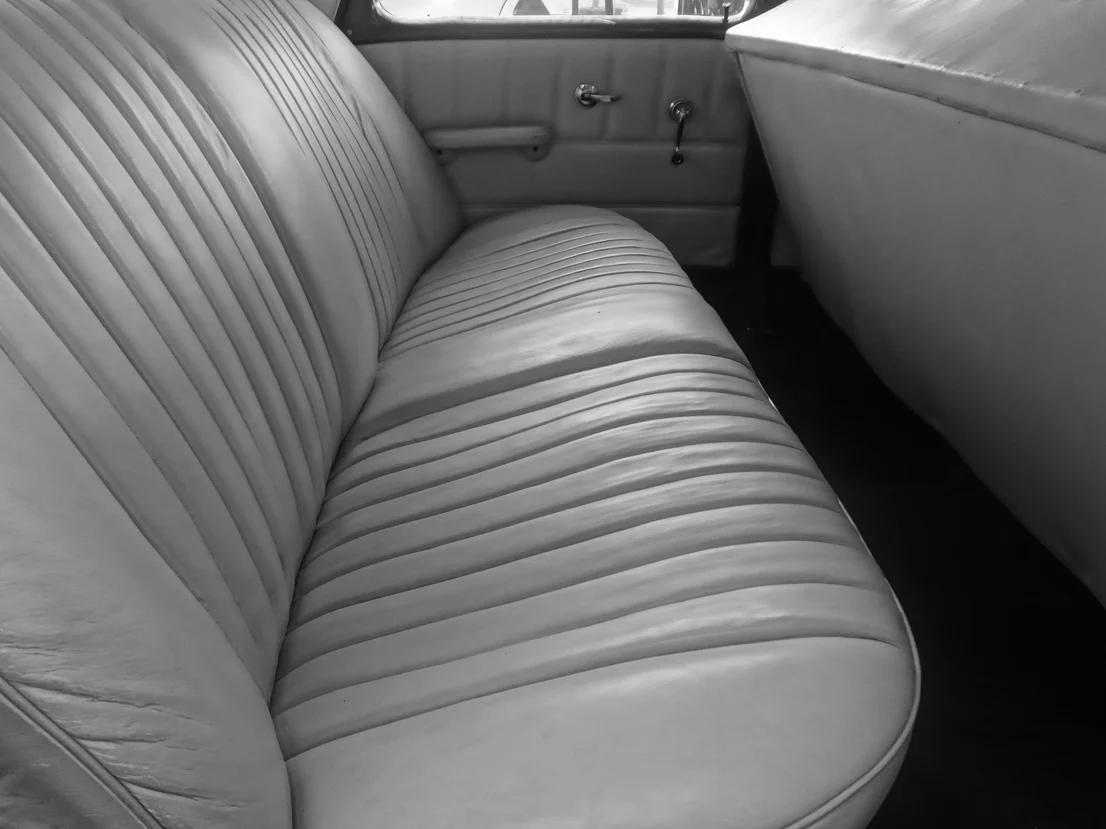
Back in the day, car rides were like mini roller coasters where kids bounced around the backseat like pinballs. You could stand up and look out the rear window, lie down across the entire bench seat for a nap, or even sit on your parent’s lap while they drove. The family station wagon was basically a mobile playground with no rules except “don’t distract Dad while he’s driving.” History traces the invention of these essential safety tools and when they finally became mainstream necessities in cars.
Seatbelt laws didn’t exist in most states until the 1980s, and car seats were more like little chairs that kept toddlers from wandering around rather than safety devices. Parents would pile six kids into a car designed for five without batting an eye. Today, children’s car safety has become so regulated that some parents get anxiety attacks just thinking about installing a car seat correctly.
2. Playing Outside Until the Streetlights Came On
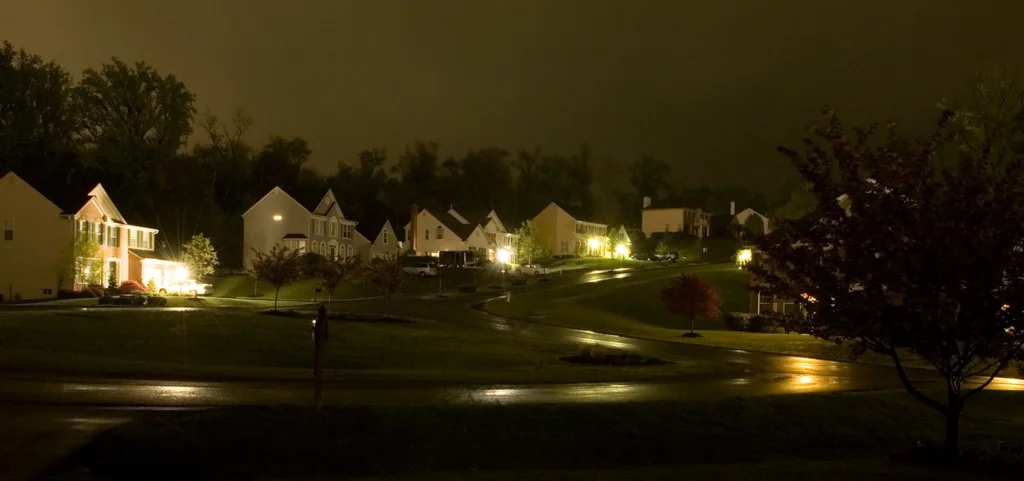
Summer days stretched endlessly when your only curfew was the glow of streetlights flickering to life. Parents would shoo you out the door after breakfast with a simple “be home when it gets dark,” and off you’d go for twelve hours of unsupervised adventure. You’d wander through woods, explore construction sites, and venture miles from home without anyone tracking your every move. Unicef both outlines the importance of outdoor play time and provides advice on how to support this important developmental task for children.
The neighborhood was your kingdom, and every kid knew the unwritten rule: streetlights meant time to head home. Parents didn’t worry about where you were or what you were doing because the whole community kept an eye on everyone’s children. Modern parents would probably have heart palpitations thinking about their 8-year-old being unreachable for an entire day.
3. Drinking Water from the Garden Hose
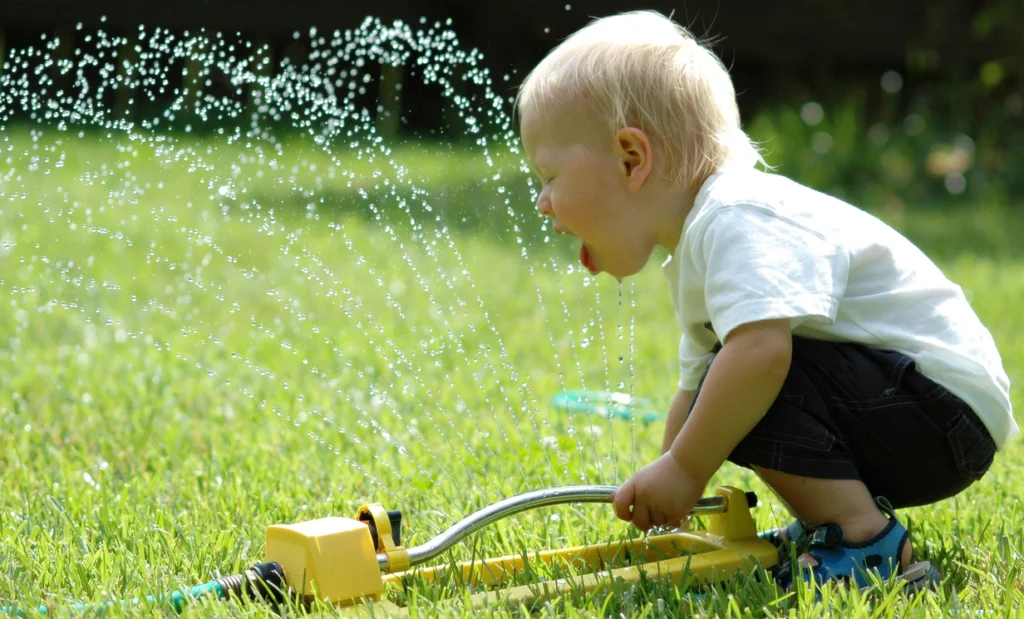
The garden hose was the ultimate thirst-quencher on hot summer days, delivering water that tasted like rubber and adventure. You’d twist the nozzle to create different spray patterns, drench your friends, and gulp down lukewarm water without a care in the world. Every backyard had that one special hose that all the neighborhood kids knew about. These days, Cleveland Water outright advises against drinking from the garden hose for sanitary reasons.
Nobody worried about lead pipes, chemical treatments, or whether the hose had been sitting in the sun breeding bacteria. The water was wet, it was free, and it was right there in the yard whenever you needed it. Today’s parents would probably rush their child to the emergency room if they caught them drinking from a garden hose.
4. Riding Bikes Without Helmets (And Doing Stunts)
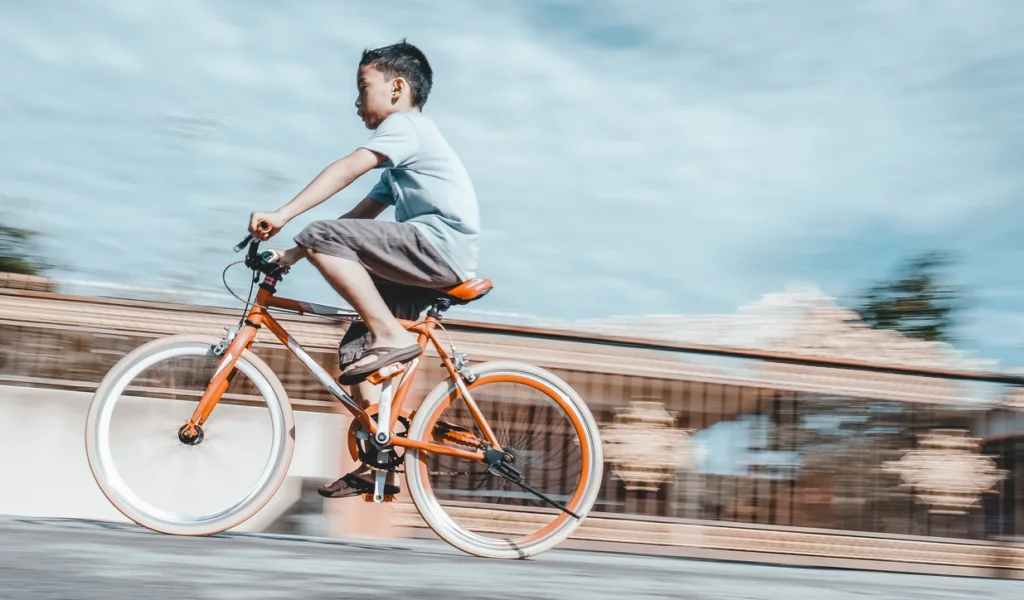
Bicycles were freedom machines, and helmets were something only professional racers wore on TV. Kids would build ramps out of plywood and cinder blocks, attempting jumps that would make modern safety experts faint. You’d ride standing on the seat, race down the steepest hills in town, and see how many friends you could fit on one bike.
Scraped knees and elbows were badges of honor that proved you were living life to the fullest. Parents expected you to fall off your bike occasionally – it was part of learning how to ride. The idea that a child needed a helmet, knee pads, and elbow guards just to ride around the block would have seemed ridiculously overprotective.
5. Building Tree Houses and Forts Without Adult Supervision
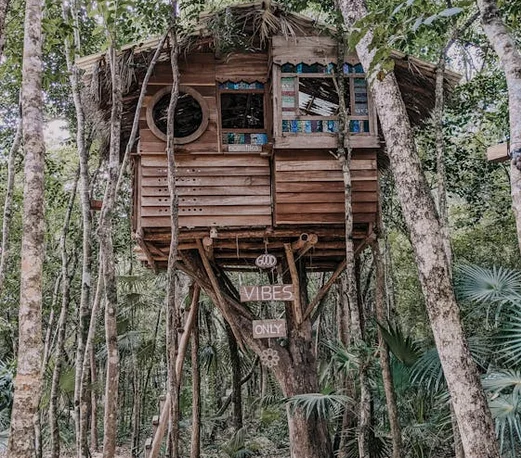
Armed with Dad’s hammer, some rusty nails, and whatever scrap wood you could find, kids built architectural marvels in backyard trees. These weren’t Pinterest-worthy playhouses designed by adults – they were crooked, dangerous, and absolutely perfect. You’d spend weeks constructing your fortress, learning carpentry through trial and error.
The best tree houses were the ones that swayed a little in the wind and required a certain level of bravery just to climb into. Parents might peek out occasionally to make sure you hadn’t fallen, but they trusted you to figure out basic construction principles. Today’s liability concerns and building codes would shut down most childhood construction projects before the first nail was hammered.
6. Walking to School Alone (Even in Kindergarten)
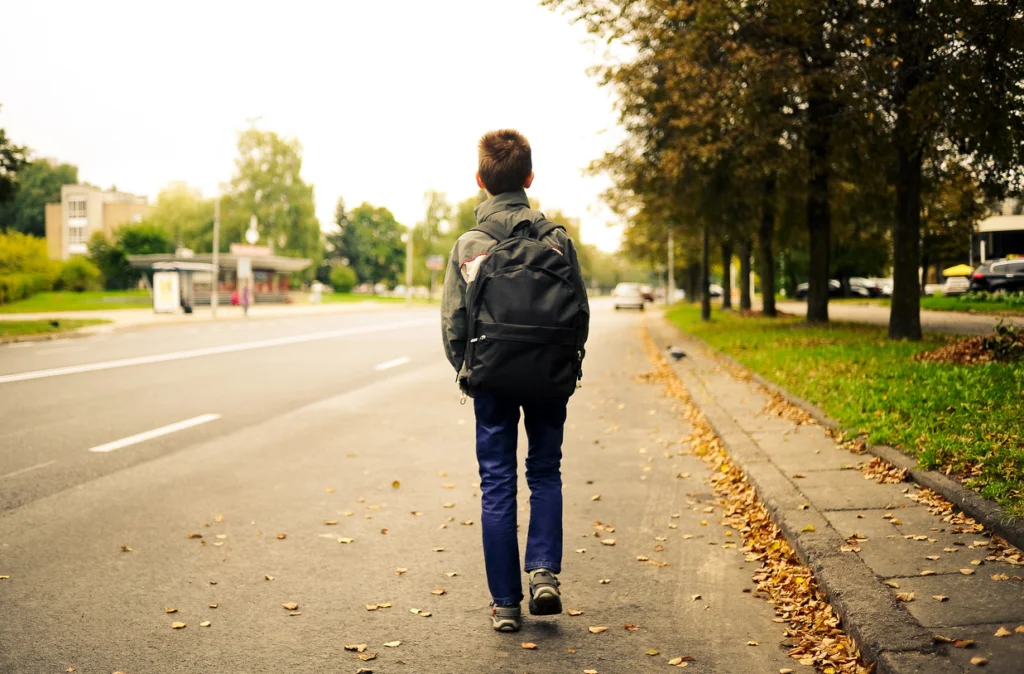
Five-year-olds would march off to school each morning with their little lunch boxes, crossing busy streets and navigating neighborhood shortcuts completely solo. Parents would watch from the front door until you turned the corner, then go about their day trusting that you’d make it to school safely. Walking to school was a rite of passage that taught independence and street smarts.
Groups of neighborhood kids would naturally form walking pods, with older children looking out for the younger ones along the way. Everyone knew which houses had the friendliest dogs, where the crossing guard would be stationed, and which shortcuts were worth taking. Modern schools now require background checks for parent volunteers, making the idea of unsupervised kindergarteners walking to school seem absolutely scandalous.
7. Playing with Chemistry Sets That Actually Had Real Chemicals

Christmas chemistry sets came packed with actual acids, bases, and compounds that could create impressive reactions and genuine learning experiences. You could make things bubble, smoke, change colors, and occasionally produce small explosions that would terrify modern safety inspectors. These weren’t watered-down educational toys – they were real scientific equipment scaled down for curious young minds.
The instruction booklets encouraged experimentation and taught you to mix various chemicals to see what would happen. Parents trusted that you’d read the warnings and use common sense, though many kids learned about chemical safety through minor mishaps. Today’s chemistry sets are so neutered by safety regulations that they barely qualify as science toys.
8. Hitchhiking Short Distances
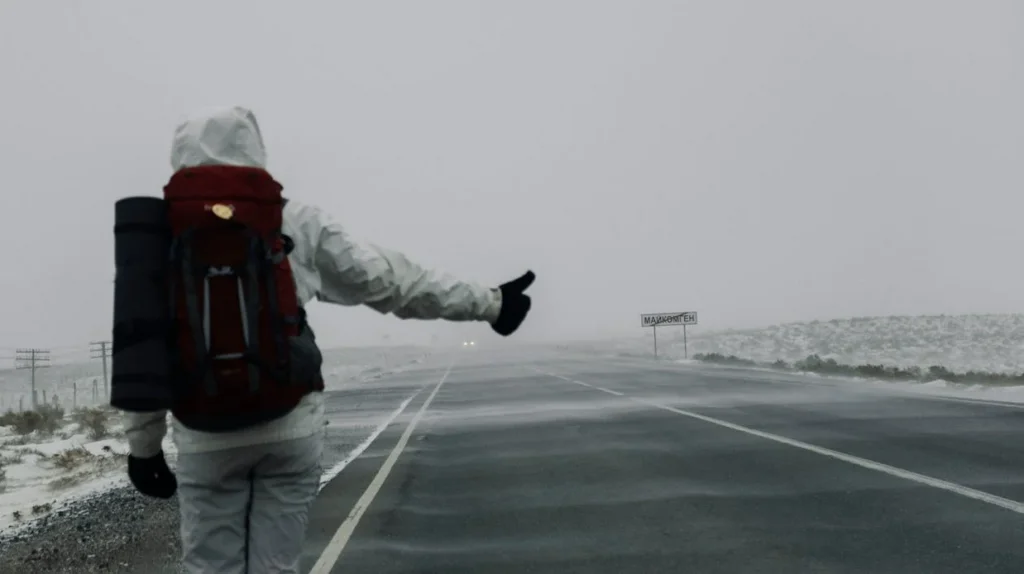
When you missed the school bus or needed to get across town, sticking out your thumb was a perfectly acceptable transportation method. Neighbors, family friends, and even strangers would regularly pick up kids they recognized from the community. It was considered neighborly to offer rides to children who were obviously trying to get somewhere safe.
Parents would sometimes even suggest hitchhiking as a backup plan if other transportation fell through. The whole community operated on trust and mutual responsibility for each other’s children. The concept of stranger danger hadn’t yet transformed every unknown adult into a potential threat.
9. Staying Home Alone at Age 8
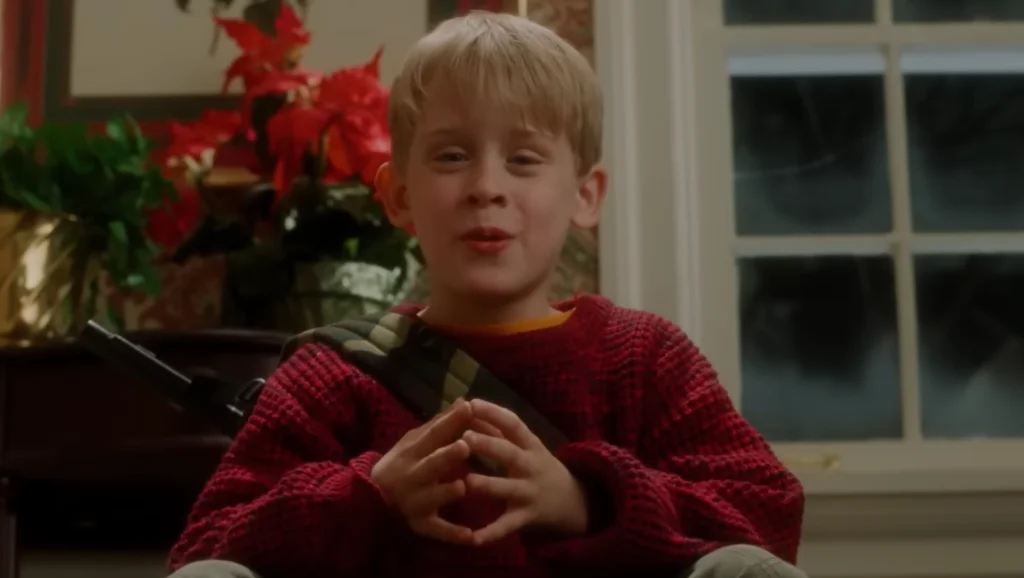
Being trusted to stay home alone for a few hours was a major milestone that usually happened around second or third grade. Parents would leave detailed instructions about not answering the door, what to do in emergencies, and which neighbors to call if needed. You’d spend these precious hours of independence watching forbidden TV shows and eating snacks without supervision.
The house felt enormous and full of possibilities when you were the only one home. You’d practice being grown-up by making yourself lunch and answering the telephone with your most mature voice. Modern parents face legal scrutiny for leaving children under 12 home alone, even for short periods.
10. Playing in Construction Sites and Abandoned Buildings

Half-built houses and vacant lots were like giant jungle gyms waiting to be explored by adventurous children. You’d climb through wooden frames, explore basement foundations, and turn construction materials into elaborate play scenarios. Abandoned buildings became secret clubhouses where kids would spend entire afternoons creating imaginary worlds.
Construction workers would sometimes even let kids watch them work, explaining how buildings were put together. Everyone understood that children were naturally curious and would find ways to explore interesting places. Today’s liability concerns and security measures have turned most construction sites into fortress-like zones that are completely off-limits to curious young explorers.
11. Buying Cigarettes for Your Parents at the Store
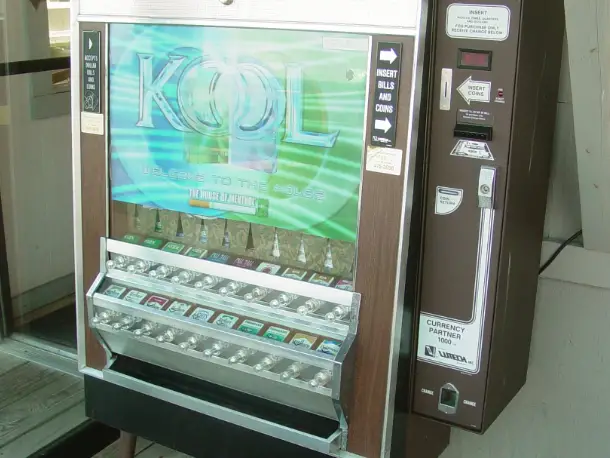
Running to the corner store to pick up a pack of cigarettes for Mom or Dad was just another errand, like getting milk or bread. Store clerks knew which kids belonged to which parents and would hand over tobacco products without question. You’d proudly carry the cigarettes home, feeling important for being trusted with such a grown-up responsibility.
Nobody questioned a child’s right to purchase tobacco products for their parents because everyone knew everyone in the neighborhood. The idea that kids might steal cigarettes or start smoking themselves wasn’t a major concern since adult supervision was assumed. Modern age verification laws and health awareness have made this practice completely unthinkable.
12. Swimming in Creeks, Ponds, and Quarries Without Lifeguards
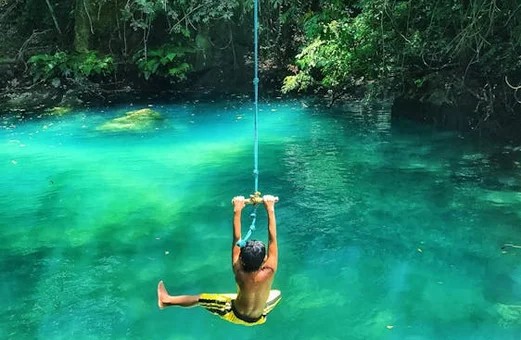
Natural swimming holes were the ultimate summer destinations, offering murky water, questionable depths, and absolutely no safety supervision. You’d spend hot afternoons diving off rocks, swinging from rope swings, and exploring underwater without anyone checking water quality or monitoring your swimming abilities. Every kid knew how to identify the best swimming spots and the potential dangers that came with them.
Parents trusted that children would use common sense around water and that older kids would help younger ones stay safe. The buddy system was enforced by peer pressure rather than adult rules. Today’s emphasis on certified lifeguards, water testing, and constant supervision has made unsupervised swimming in natural bodies of water seem incredibly reckless.
13. Trick-or-Treating Without Parents and Eating Unwrapped Candy

Halloween meant complete freedom to roam the neighborhood in groups, hitting every house with a porch light on until your pillowcase was full of candy. You’d stay out until your feet hurt, trading treats with friends and sampling your haul along the way. Parents would inspect your candy for obvious problems, but homemade cookies and unwrapped treats were perfectly acceptable.
The Halloween candy panic hadn’t yet convinced parents that strangers were trying to harm children through trick-or-treat treats. Neighbors took pride in giving out special homemade goodies, and kids looked forward to Mrs. Johnson’s famous caramel apples or Mr. Peterson’s popcorn balls. Modern Halloween safety protocols have turned trick-or-treating into a highly supervised activity with strict candy inspection procedures.
Those were the days when childhood felt limitless and parents believed the world was fundamentally safe for children to explore independently. We survived scraped knees, questionable water sources, and countless “dangerous” activities that taught us resilience, problem-solving skills, and genuine independence. While modern safety measures have undoubtedly prevented many injuries and tragedies, there’s something beautifully innocent about a time when growing up meant gradually earning freedom through small adventures and trusted responsibilities.


